Home>Gardening & Outdoor>Landscaping Ideas>When To Plant St.Augustine Grass
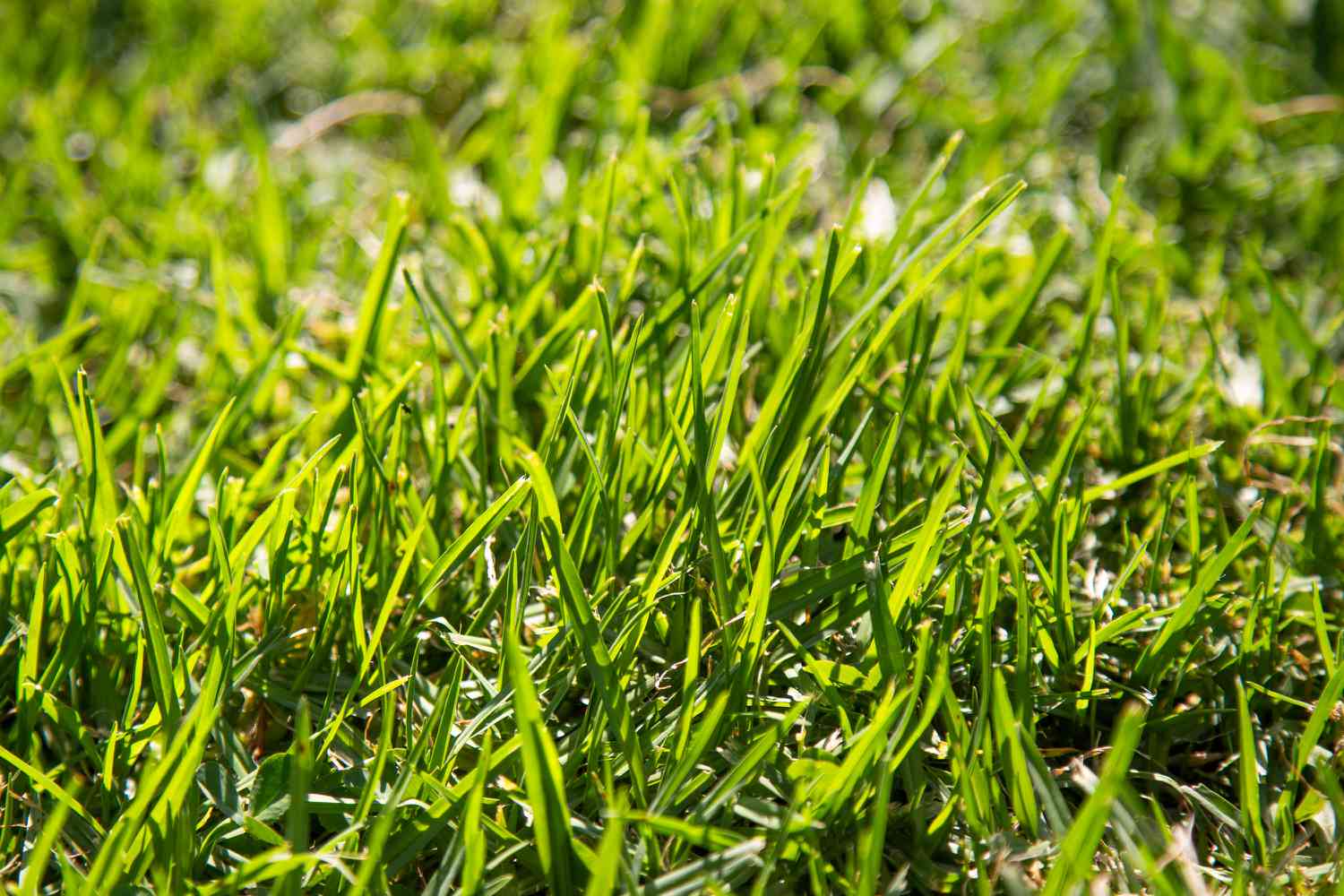

Landscaping Ideas
When To Plant St.Augustine Grass
Modified: March 28, 2024
Discover the best time to plant St. Augustine grass and get expert landscaping ideas for a lush, green lawn. Learn how to achieve a beautiful landscape with our helpful tips.
(Many of the links in this article redirect to a specific reviewed product. Your purchase of these products through affiliate links helps to generate commission for Storables.com, at no extra cost. Learn more)
Best Time to Plant St. Augustine Grass
Planting St. Augustine grass at the right time is crucial for ensuring its successful establishment and long-term health. This warm-season grass thrives in regions with mild winters and hot, humid summers, making it an ideal choice for lawns in the southern United States. To achieve the best results, it's essential to understand the optimal timing for planting St. Augustine grass.
The prime time to plant St. Augustine grass is during late spring or early summer when the soil temperature consistently reaches around 64 to 70 degrees Fahrenheit. This period allows the grass to take advantage of the warm soil, promoting rapid germination and robust root development. By planting during this window, the grass has ample time to establish itself before the onset of harsh weather conditions.
Additionally, late spring to early summer provides the ideal balance of sunlight and warmth, creating favorable conditions for the grass to flourish. The longer daylight hours and increased temperatures support vigorous growth, enabling the newly planted St. Augustine grass to establish a dense and lush turf.
It's important to note that planting St. Augustine grass too early, when the soil is still relatively cool, can impede germination and slow down the establishment process. Conversely, delaying the planting into the peak of summer can expose the young grass to excessive heat stress, potentially hindering its ability to take root and thrive.
By aligning the planting schedule with the optimal timing, homeowners can set the stage for a healthy and vibrant St. Augustine grass lawn. This strategic approach maximizes the grass's potential to develop a strong root system and withstand environmental challenges, such as drought and disease, as it matures.
In essence, the best time to plant St. Augustine grass is a critical factor that significantly influences the success of lawn establishment. By leveraging the favorable conditions of late spring and early summer, homeowners can cultivate a resilient and visually appealing St. Augustine grass lawn that enhances the beauty of their outdoor spaces.
Key Takeaways:
- Plant St. Augustine grass in late spring or early summer when soil temperatures reach 64-70°F for rapid germination and robust root development. This timing sets the stage for a healthy and vibrant lawn.
- Before planting, consider soil quality, sunlight exposure, climate, watering, and pest control. These factors lay the groundwork for a thriving St. Augustine grass lawn, ensuring successful establishment and long-term vitality.
Read more: When To Dethatch St. Augustine Grass
Factors to Consider Before Planting
Before embarking on the journey of planting St. Augustine grass, several crucial factors warrant careful consideration to ensure a successful and thriving lawn. Understanding and addressing these key elements can significantly impact the grass's ability to take root, flourish, and withstand environmental stressors. Here are the essential factors to ponder before initiating the planting process:
-
Soil Preparation: Assessing the soil quality is paramount before planting St. Augustine grass. The soil should be well-draining to prevent waterlogging, which can impede root development and lead to fungal issues. Conducting a soil test to determine its pH level and nutrient composition is advisable. Amending the soil with organic matter or appropriate fertilizers can optimize its structure and fertility, creating an ideal foundation for the grass to thrive.
-
Sunlight Exposure: St. Augustine grass thrives in areas with ample sunlight. Before planting, evaluate the intended lawn area to ensure it receives the recommended 6 to 8 hours of direct sunlight daily. Adequate sunlight is essential for promoting healthy growth and lush turf density. Areas with excessive shade may hinder the grass's ability to flourish, necessitating alternative turf options or tree trimming to enhance sunlight penetration.
-
Climate Considerations: Understanding the local climate is crucial when planting St. Augustine grass. This warm-season grass variety favors regions with mild winters and hot, humid summers. Assessing the climate patterns, including temperature fluctuations and precipitation levels, can inform the optimal timing for planting and guide the selection of suitable St. Augustine grass cultivars that are well-adapted to the local environment.
-
Watering Requirements: Before planting, it's essential to consider the watering needs of St. Augustine grass. This grass variety thrives in moderately moist soil and requires regular watering, especially during the establishment phase. Evaluating the irrigation system, water availability, and developing a watering schedule are vital steps to ensure the grass receives adequate moisture for healthy growth and development.
-
Weed and Pest Control: Assessing the potential weed and pest pressures in the planting area is critical. Preparing a weed control strategy, which may involve pre-emergent herbicides or manual removal, can prevent weed competition and promote the grass's establishment. Similarly, understanding common pests and implementing preventive measures can safeguard the young grass from potential threats, fostering its long-term health.
By meticulously considering these factors before planting St. Augustine grass, homeowners can lay a solid groundwork for a thriving and resilient lawn. Addressing soil quality, sunlight exposure, climate suitability, watering needs, and pest control measures sets the stage for successful grass establishment and long-term vitality. This thoughtful approach maximizes the grass's potential to flourish and enhances the overall beauty and functionality of the outdoor landscape.
Plant St. Augustine grass in late spring or early summer when the soil temperature is consistently above 65°F. This will give the grass the best chance to establish and thrive.
Steps for Planting St. Augustine Grass
Planting St. Augustine grass involves a series of strategic steps aimed at creating an optimal environment for successful establishment and long-term vitality. By meticulously following these essential guidelines, homeowners can foster the growth of a lush and resilient lawn. Here are the detailed steps for planting St. Augustine grass:
-
Soil Preparation: Begin by preparing the soil in the designated lawn area. Remove any debris, rocks, or existing vegetation to create a clean and level surface. Conduct a soil test to assess its pH level and nutrient composition. Based on the test results, amend the soil with organic matter or appropriate fertilizers to optimize its structure and fertility. Loosen the soil to a depth of 4-6 inches to facilitate root penetration and water absorption.
-
Selection of Quality Sod or Sprigs: Choose high-quality St. Augustine grass sod or sprigs from a reputable nursery or garden center. Ensure that the grass is fresh, free from diseases, and exhibits vibrant green coloration. For sod installation, lay the pieces in a staggered pattern to promote seamless integration and minimize visible seams. If using sprigs, distribute them evenly across the prepared soil surface.
-
Proper Planting Technique: When planting sod, press each piece firmly into the soil to ensure good soil-to-root contact. Avoid overlapping the sod pieces, as this can hinder proper rooting. For sprig planting, gently press them into the soil at a depth of 1 inch, spacing them approximately 6 inches apart to encourage uniform coverage.
-
Watering and Initial Care: Immediately after planting, thoroughly water the newly installed St. Augustine grass to promote root establishment. Keep the soil consistently moist, but not waterlogged, during the initial weeks to support the grass's transition and growth. Monitor the moisture levels closely and adjust the watering frequency based on environmental conditions.
-
Fertilization Schedule: Develop a fertilization schedule tailored to the specific needs of St. Augustine grass. Apply a high-quality, slow-release fertilizer approximately 6-8 weeks after planting to provide essential nutrients for vigorous growth. Follow the recommended application rates and timing to avoid over-fertilization, which can harm the grass and contribute to environmental pollution.
-
Mowing and Maintenance: Once the St. Augustine grass reaches a height of 3-4 inches, initiate regular mowing using a sharp blade mower. Set the cutting height to approximately 2.5-3 inches to maintain the grass at an optimal length. Implement a consistent maintenance routine, including watering, mowing, and periodic weed control, to nurture the grass and promote a dense, healthy turf.
By diligently following these steps for planting St. Augustine grass, homeowners can establish a vibrant and resilient lawn that enhances the beauty and functionality of their outdoor spaces. This systematic approach sets the stage for the successful growth and long-term vitality of St. Augustine grass, creating an inviting and visually appealing landscape for enjoyment and relaxation.
Tips for Maintaining St. Augustine Grass
Maintaining St. Augustine grass involves proactive care and strategic practices aimed at nurturing its health and promoting a lush, vibrant lawn. By implementing the following tips, homeowners can ensure the long-term vitality and beauty of their St. Augustine grass:
-
Optimal Watering: St. Augustine grass thrives in moderately moist soil. Establish a consistent watering schedule, aiming for deep, infrequent watering sessions to encourage deep root growth. During periods of insufficient rainfall, supplement the grass with approximately 1 inch of water per week, adjusting based on weather conditions and soil moisture levels.
-
Mowing Practices: Maintain the grass at an optimal height of 2.5 to 4 inches, adjusting the mowing frequency based on its growth rate. Avoid removing more than one-third of the grass blade length in a single mowing session to prevent stress and scalping. Additionally, utilize a sharp mower blade to ensure clean cuts and minimize the risk of disease.
-
Fertilization Routine: Develop a fertilization schedule tailored to the specific needs of St. Augustine grass. Apply a balanced, slow-release fertilizer in early spring to promote vigorous growth and again in late spring or early summer to sustain its vitality. Avoid excessive nitrogen application, as it can lead to thatch buildup and environmental pollution.
-
Weed Control Measures: Implement proactive weed control strategies to prevent weed encroachment and competition. Regularly inspect the lawn for weed presence and promptly address any invasive species. Consider using pre-emergent herbicides to inhibit weed germination and selective herbicides for targeted weed removal.
-
Pest Management: Stay vigilant for signs of pest infestation, such as discolored patches or irregular grass growth. Implement integrated pest management practices, which may include cultural, biological, and chemical control methods, to mitigate pest pressures while minimizing environmental impact.
-
Adequate Sunlight: Ensure that the St. Augustine grass receives the recommended 6 to 8 hours of direct sunlight daily. Prune overhanging branches or foliage that obstruct sunlight penetration to maintain optimal growing conditions for the grass.
-
Aeration and Dethatching: Periodically aerate the lawn to alleviate soil compaction and enhance air and water infiltration. Additionally, monitor thatch accumulation and dethatch the lawn when the thatch layer exceeds half an inch to promote healthy root development.
By incorporating these maintenance tips into their lawn care regimen, homeowners can foster the sustained health and beauty of their St. Augustine grass. This proactive approach not only enhances the visual appeal of the lawn but also contributes to the overall enjoyment and functionality of the outdoor landscape.
Frequently Asked Questions about When To Plant St.Augustine Grass
Was this page helpful?
At Storables.com, we guarantee accurate and reliable information. Our content, validated by Expert Board Contributors, is crafted following stringent Editorial Policies. We're committed to providing you with well-researched, expert-backed insights for all your informational needs.
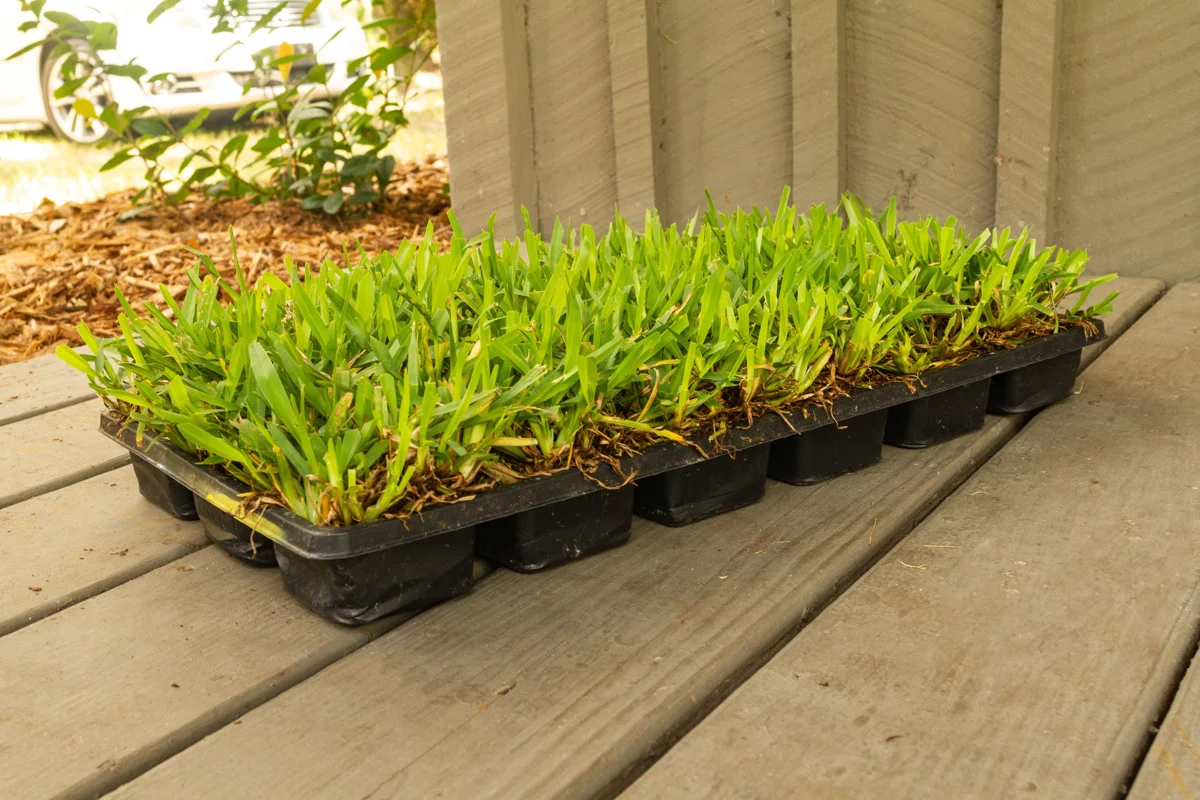
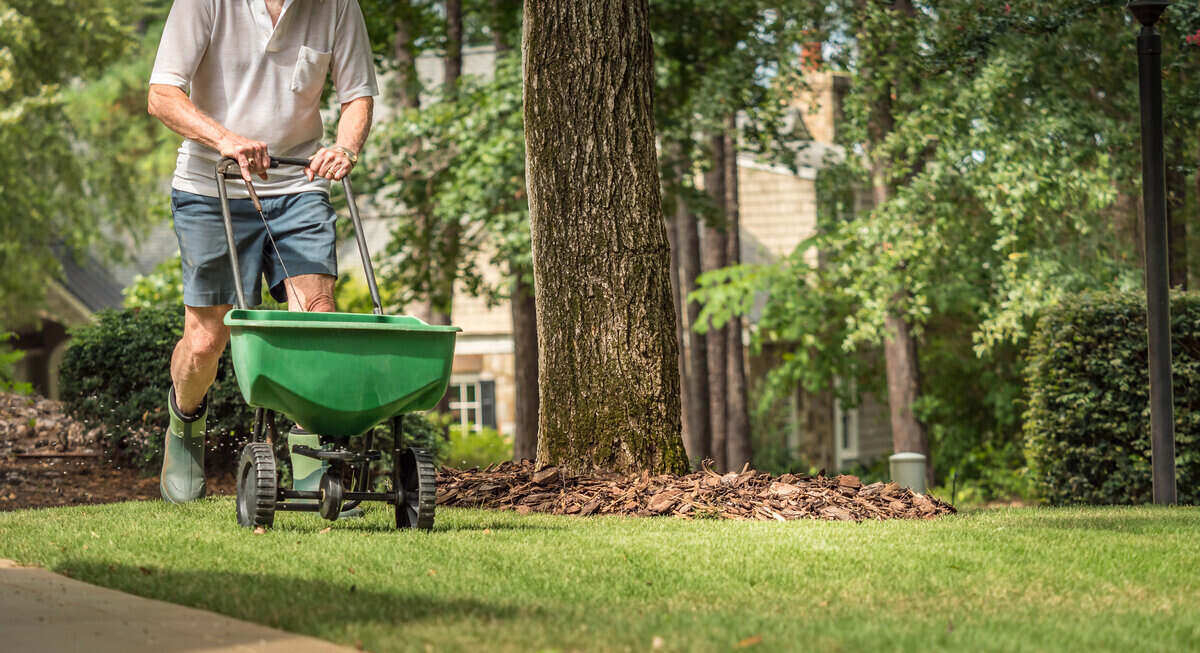
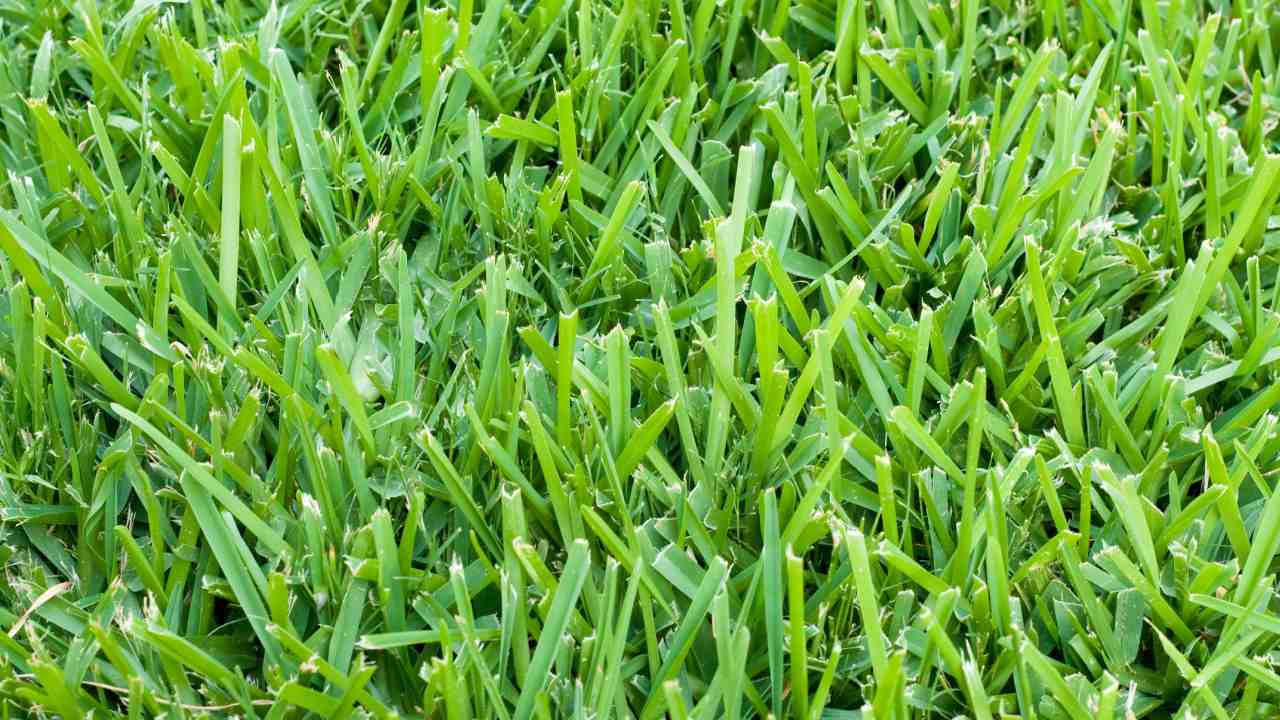
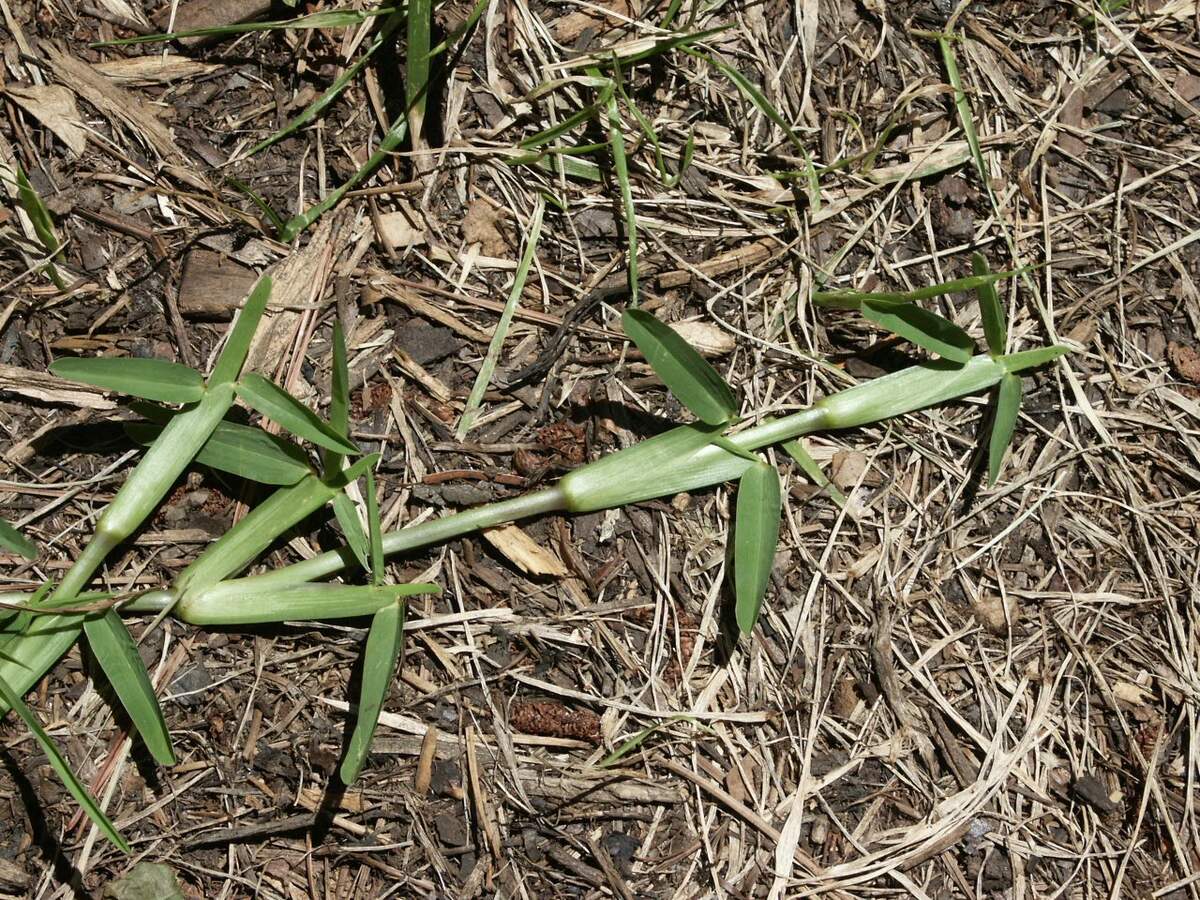
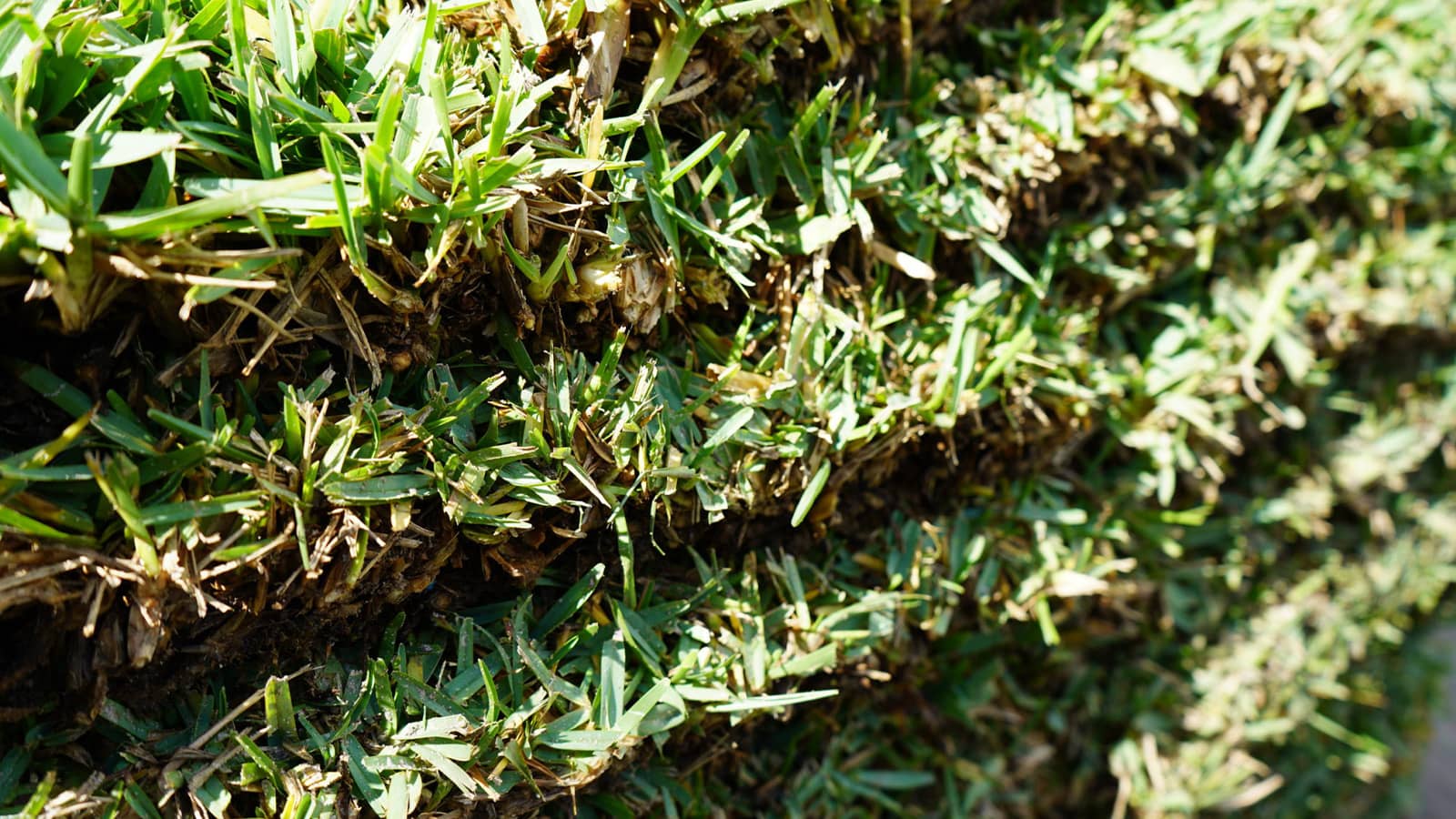
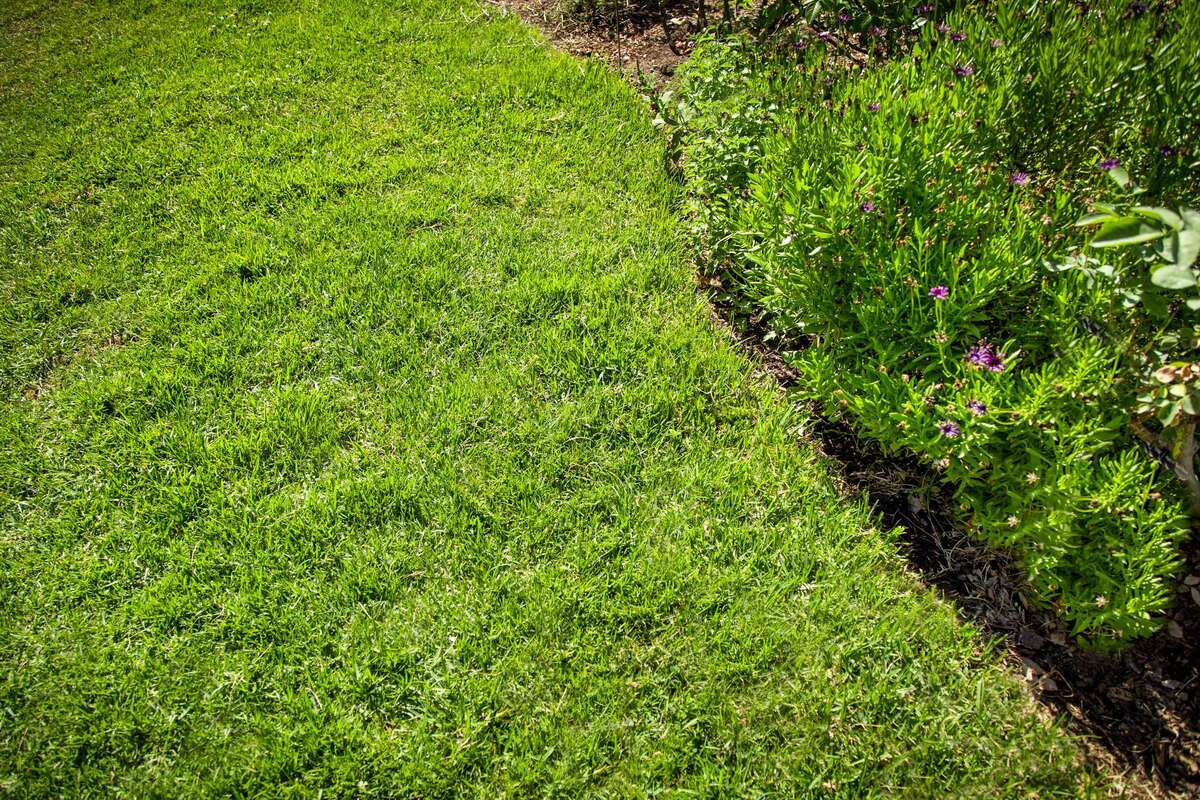
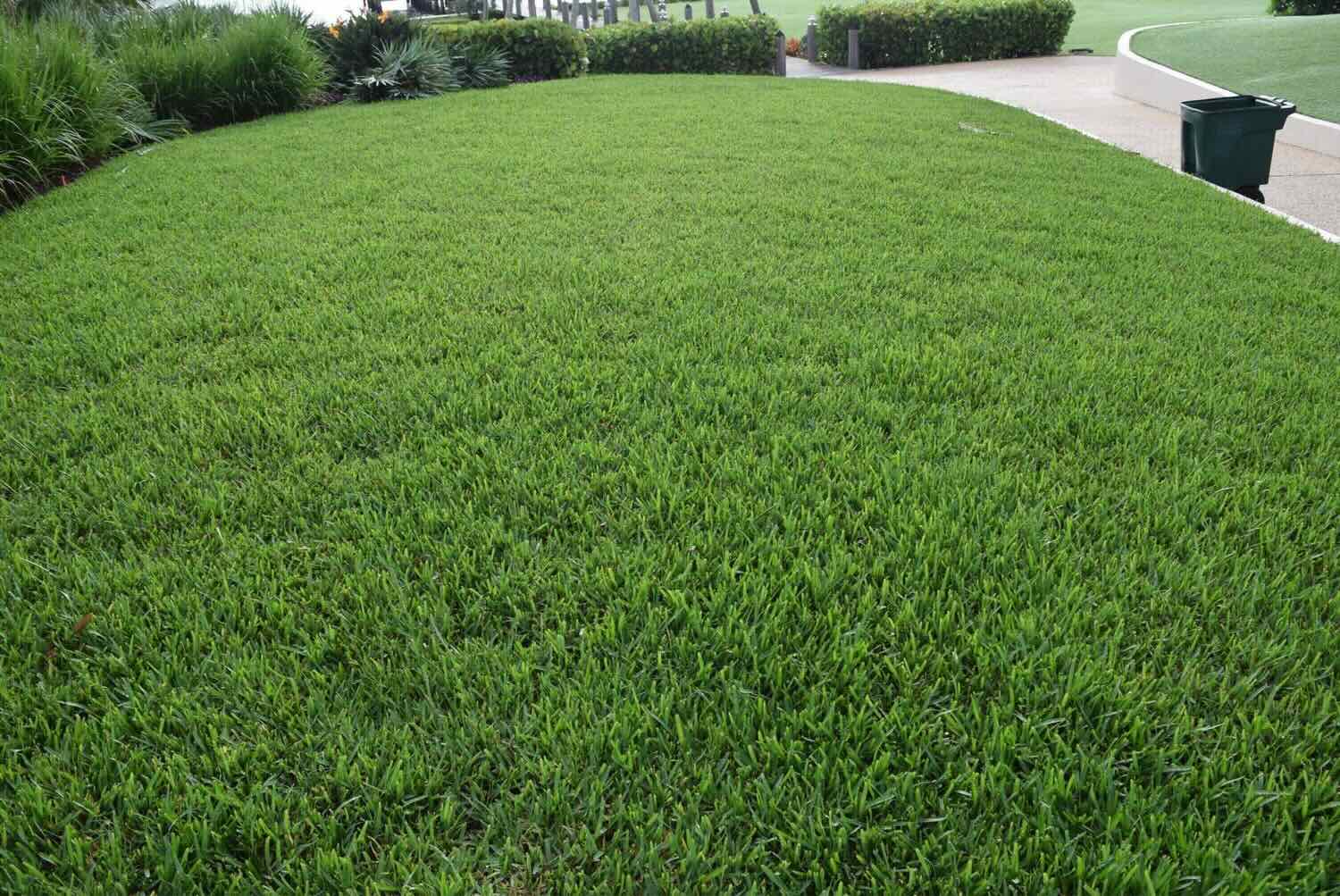
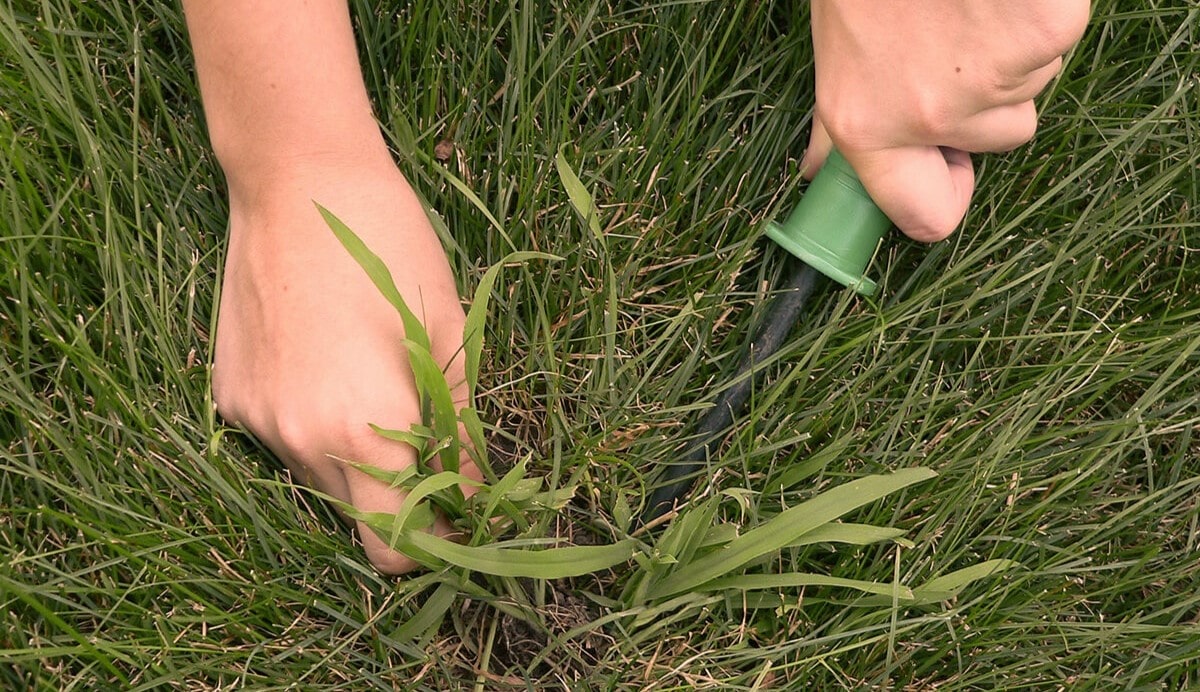
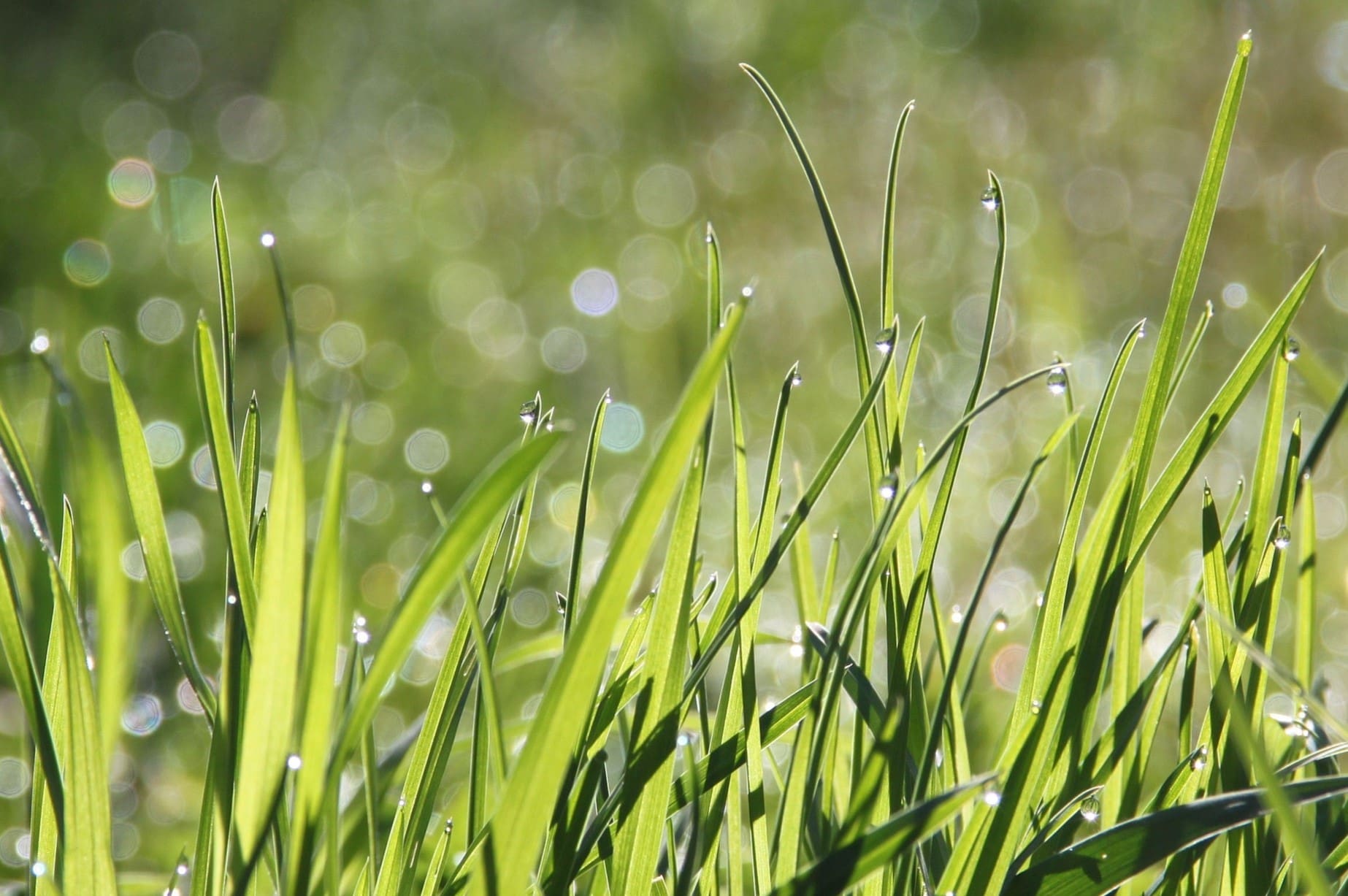
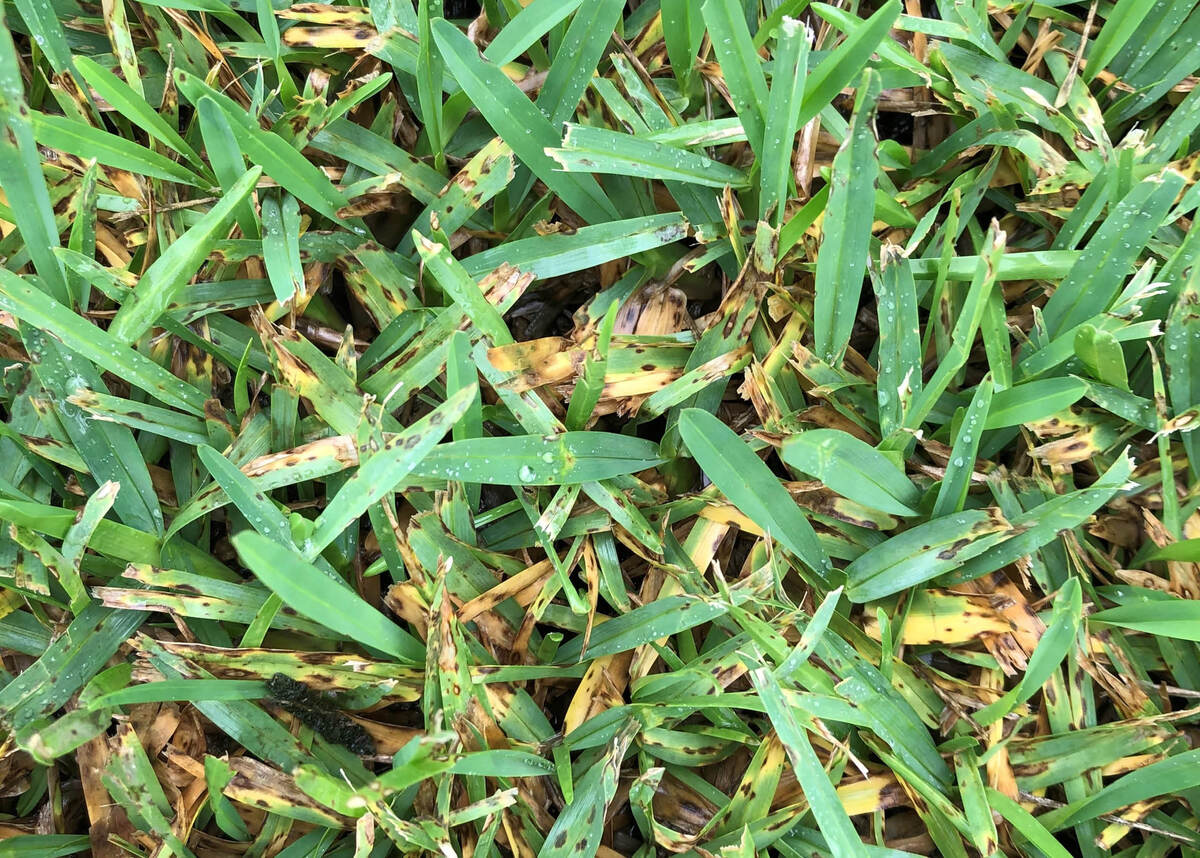
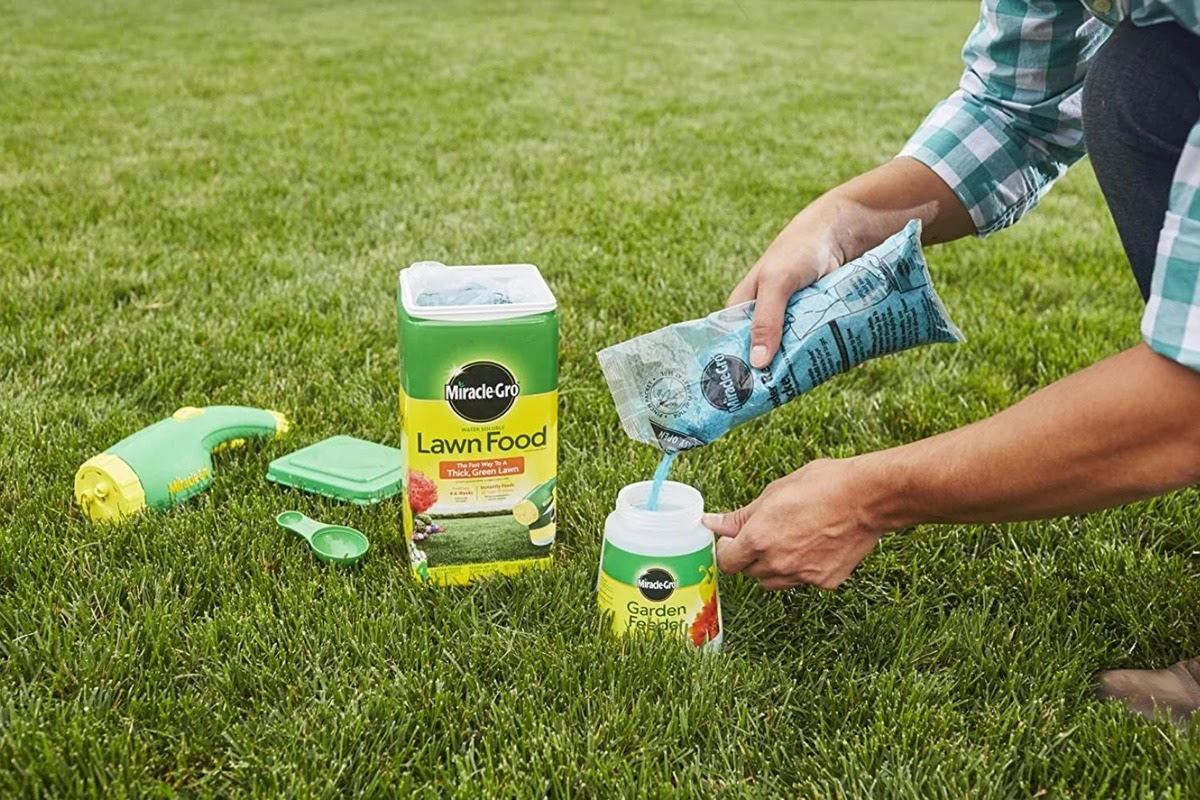
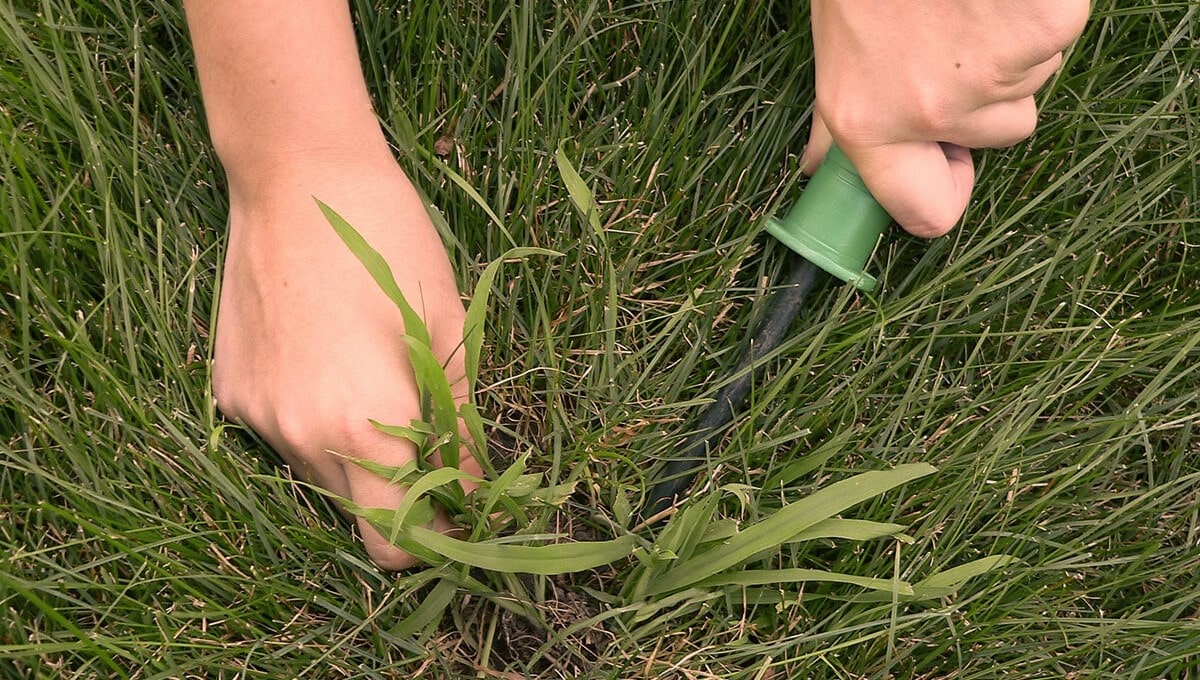
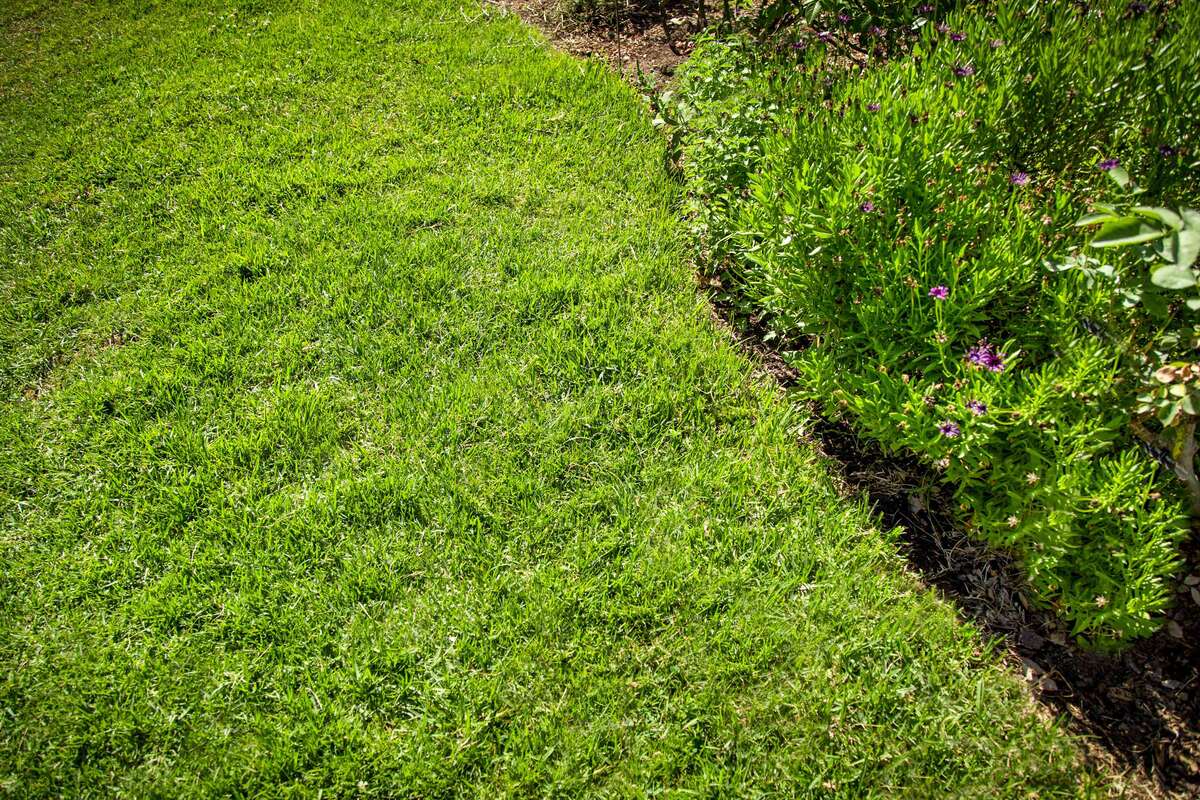
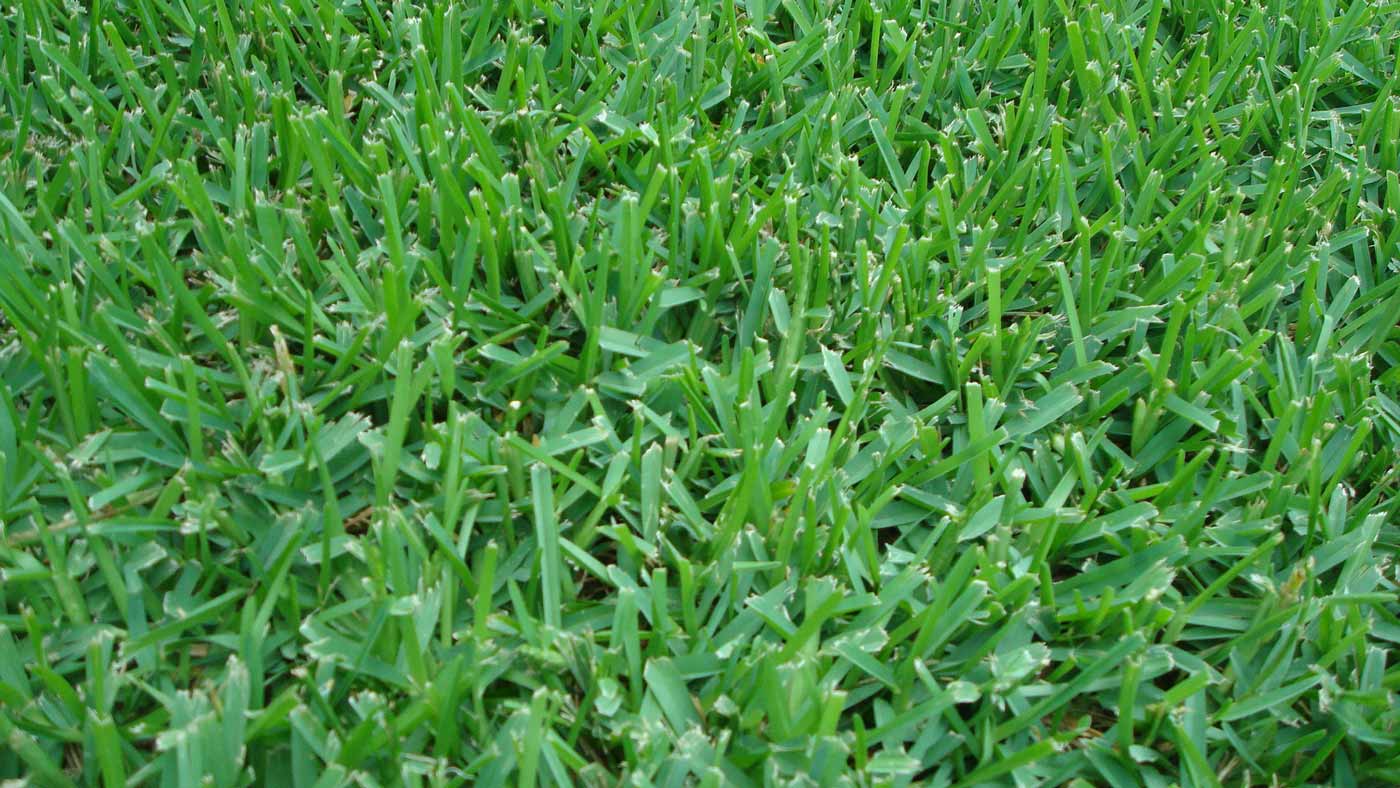
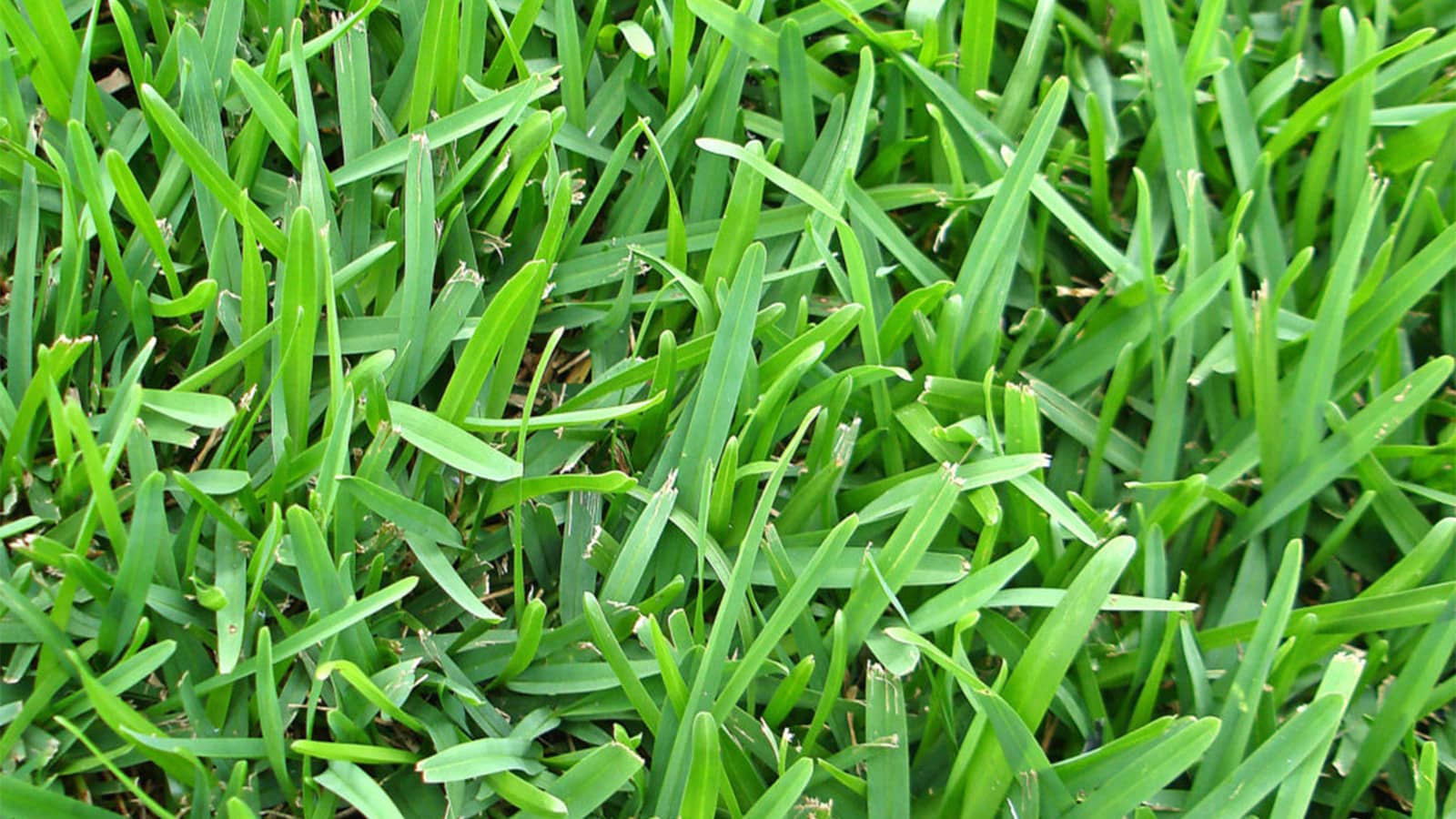

0 thoughts on “When To Plant St.Augustine Grass”